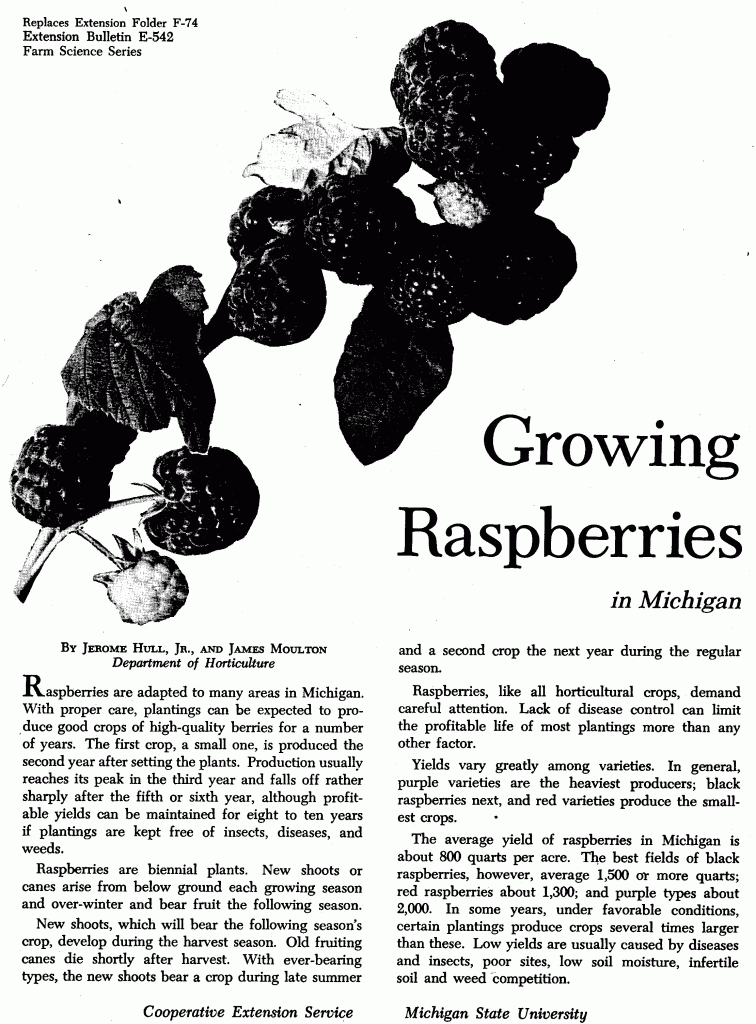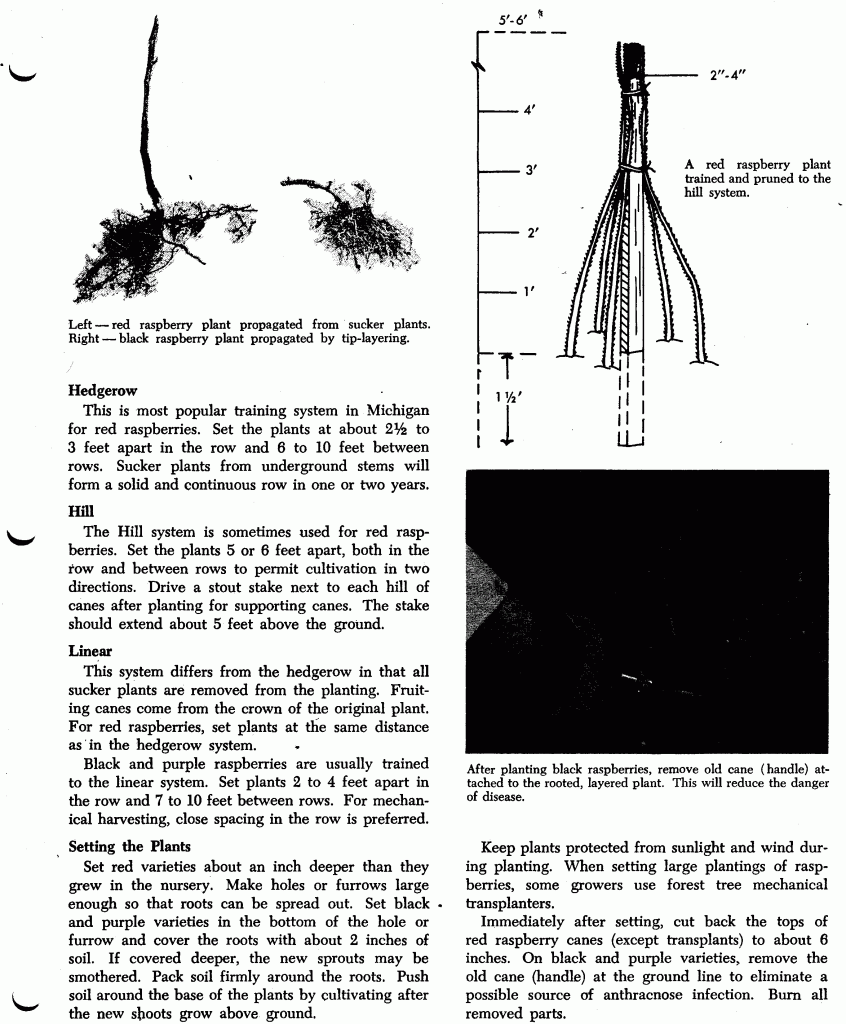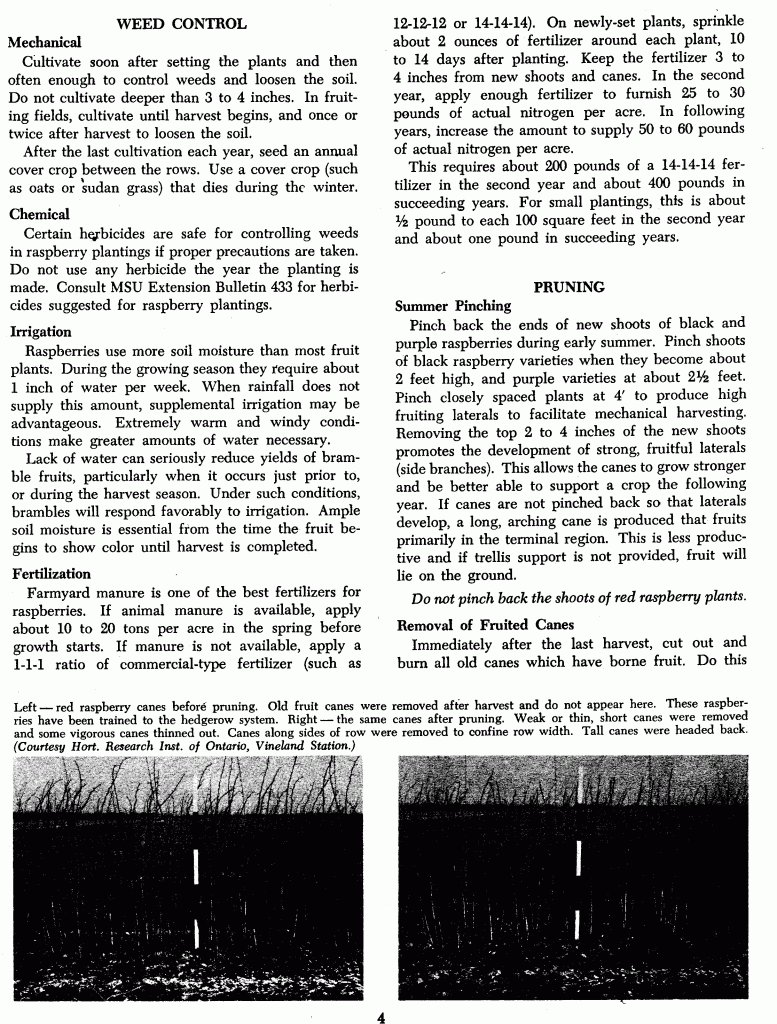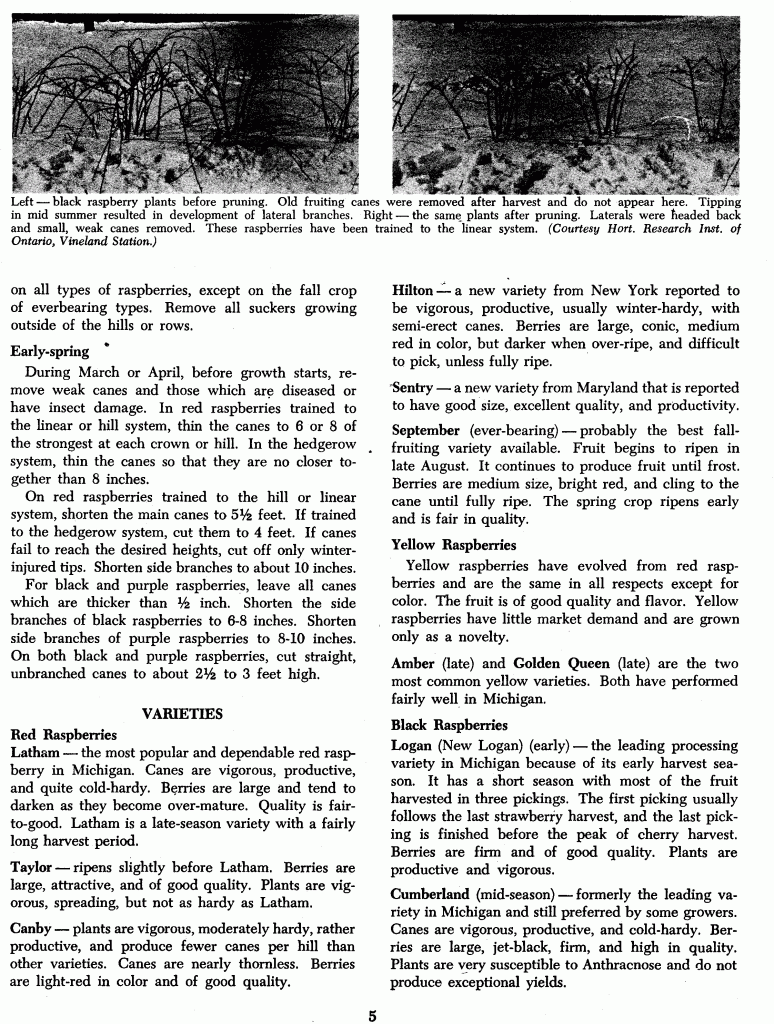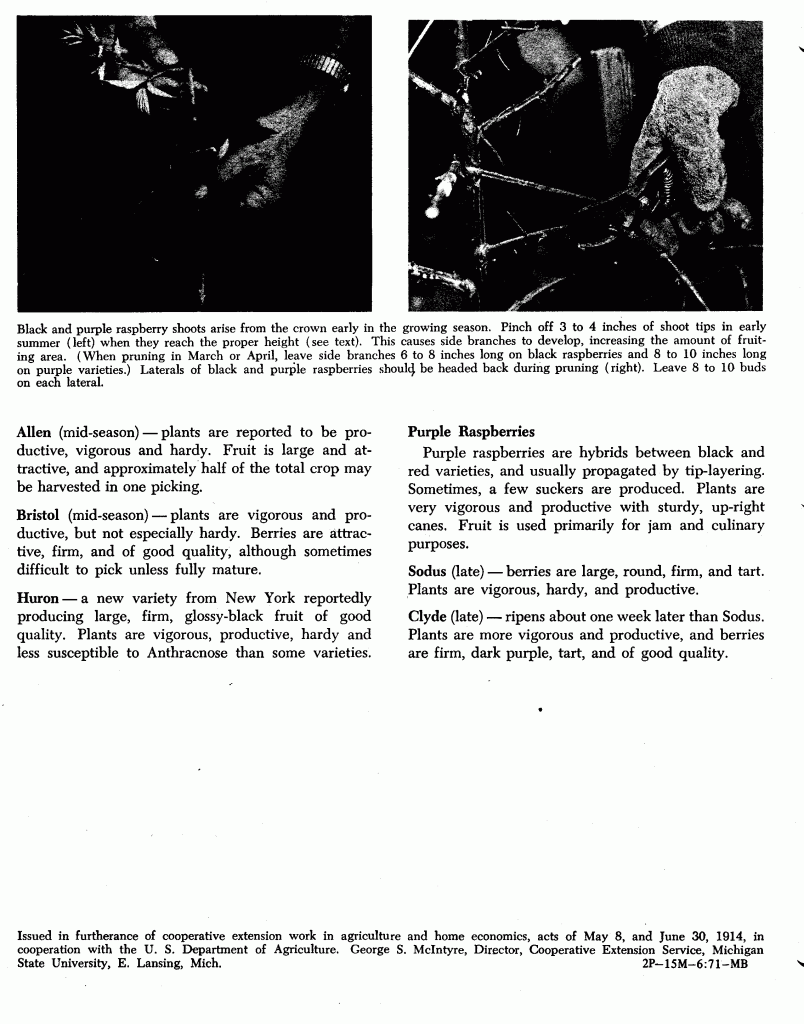Back in May I wrote about the need for early sprays for your fruit trees and how critical those early sprays are. If you didn’t take my advice, you may have noticed some of the fruit on your trees have marks on them caused by insects.
These developing fruits are the first casualties of the battle against the bugs. They have been attacked by the Plum Curculio. Notice the vaguely crescent- shaped blemish on the skin of the fruit here on the photo.

Typical symptoms of Plum Curculio damage.
The adult beetle looks for fruit into which it hopes to lays its eggs. She burrows out a small cavity into the surface of the fruit then turns around and lays an egg into the cavity. She then chews that tell-tale crescent around the newly hatched egg.
This pest infests most fruit trees grown in our area including (in order of preference) nectarine, plum, cherry, peach, apricot, apple, pear, and quince.
Most of the time the damaged fruit falls off of the trees but sometimes the fruit continues to hang on in the case of peaches and cherries.
In two weeks time after feeding on the fruit, the larvae mature and emerge from the fruit to enter into the soil where they pupate for a couple of weeks. Then about 5 days from maturity, the beetles are back to infest more fruit. They continue this life-cycle all season long until October.
So even though it is too late to save the fruit that was attacked in this first wave, you should still keep a 7-10 day spray schedule going to control this and other pests.
Our next enemy that will be attacking the orchard is the Apple Maggot, they are poised to attack very soon. We’ll discuss that next time.
Bob
